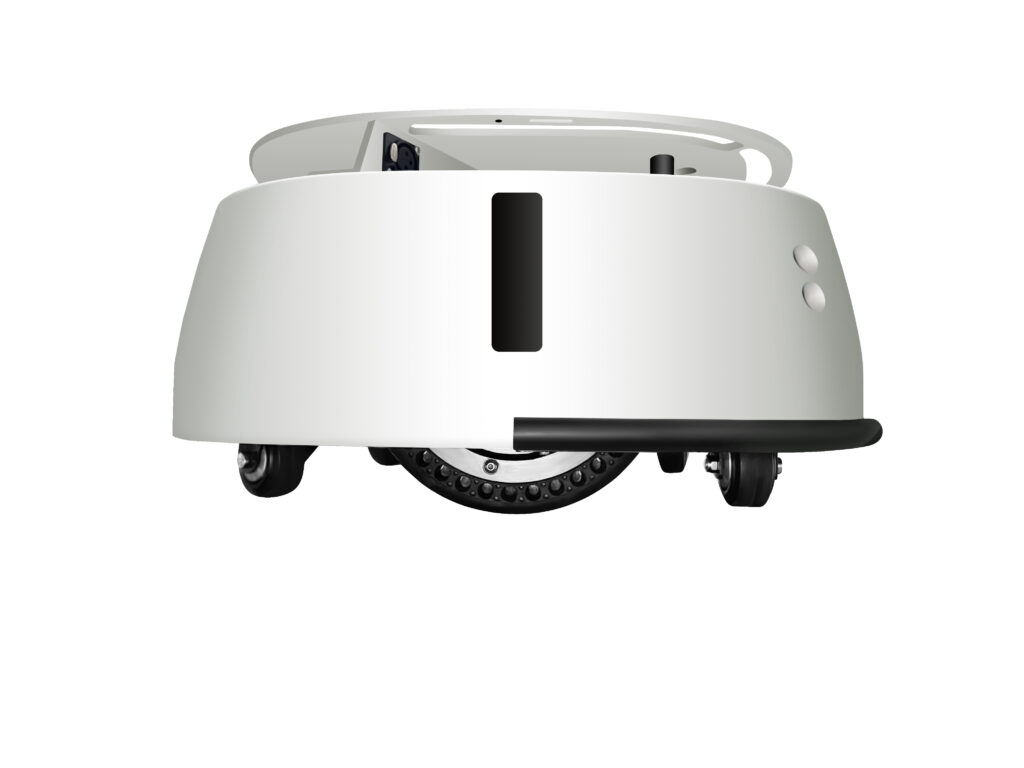Introduction
In the world of robotics, the autonomous https://www.guiderobot.ai/products/robot chassis serves as the foundation upon which robotic systems are built. These chassis are more than just the structural base; they are responsible for providing the mobility, flexibility, and adaptability that allow robots to navigate various environments. As robotic applications continue to expand across industries, from manufacturing to service, the importance of a robust and customizable chassis has never been more evident.
CPJ ROBOT, a leader in the manufacturing of reception service robots, offers fully customizable autonomous robot chassis solutions, providing the essential groundwork for developing specialized robotic systems tailored to specific tasks.

1. The Importance of Autonomous Robot Chassis in Robotics
Autonomous robot chassis are critical to the functionality and performance of modern robots. Without a solid and adaptable base, robots would lack the ability to move efficiently, handle diverse tasks, or respond to environmental challenges. Here’s why the chassis is so crucial:
- Mobility: The chassis allows the robot to move within its operational environment, whether it’s within a factory, warehouse, or outdoor setting. The choice of wheels, tracks, or other movement mechanisms is key to navigating different surfaces.
- Flexibility: As robotic systems evolve, so must their chassis. Flexible chassis designs enable robots to adapt to a wide range of tasks, from carrying heavy loads to interacting with humans in service environments.
- Adaptability: Different applications require different mobility solutions. For example, reception service robots need precise movement in crowded spaces, while industrial robots might require heavy-duty chassis to operate in rugged terrains.
2. Mobility, Flexibility, and Adaptability in Various Environments
Robots are used in a variety of settings, each requiring specific mobility and environmental adaptability. Autonomous robot chassis are designed with these demands in mind, making them indispensable for enabling robots to perform tasks effectively.
- Indoor Environments: In retail, hospitality, or healthcare, robots must navigate confined spaces, interact with humans, and avoid obstacles. For example, CPJ ROBOT’s reception robots are equipped with lightweight, agile chassis that ensure smooth, responsive movement in busy environments such as hotels, malls, and hospitals.
- Outdoor Environments: Autonomous robot chassis designed for outdoor use are often more rugged. These chassis can handle uneven terrains, weather conditions, and longer operational hours. Whether it’s a robot used in agriculture or logistics, these systems must be durable and robust enough to maintain efficiency in challenging conditions.
- Heavy-Duty vs. Lightweight Chassis: The choice of a heavy-duty or lightweight chassis depends on the specific robot’s role. Heavy-duty chassis are built for strength, handling large loads, and maintaining stability on rough surfaces. Lightweight chassis, on the other hand, are designed for speed and maneuverability, making them ideal for service robots, such as those developed by CPJ ROBOT.

3. Types of Autonomous Chassis: Indoor vs. Outdoor, Heavy-Duty vs. Lightweight
Choosing the right type of autonomous robot chassis is crucial for optimizing the performance of the robotic system. Here are the key categories:
- Indoor Chassis: Typically lightweight and designed for smooth surfaces, indoor robot chassis often have compact designs, which enable easy navigation through tight spaces. They are essential for service robots used in public or commercial environments like malls, airports, and offices.
- Outdoor Chassis: Outdoor robots often require heavy-duty chassis that can withstand rugged terrain, including dirt roads, grass, or uneven surfaces. These chassis are equipped with reinforced wheels, stronger motors, and enhanced durability features to handle the demands of external environments.
- Heavy-Duty Chassis: For industrial applications, heavy-duty autonomous chassis are necessary to handle large payloads and harsh conditions. These chassis are often found in industries like manufacturing, where robots must carry or transport materials across vast factory floors.
- Lightweight Chassis: Designed for agility, speed, and easy maneuverability, lightweight chassis are ideal for robots in service sectors where smooth interaction with people and quick response times are essential. CPJ ROBOT’s reception robots, for example, use lightweight chassis for optimal navigation in high-traffic areas like banks, restaurants, and airports.
4. Why Customization Matters: CPJ ROBOT’s Autonomous Chassis Solutions
In modern robotics, one size does not fit all. Customizable autonomous chassis are essential for building robots that meet the unique needs of different industries. CPJ ROBOT specializes in creating tailored solutions for various service applications, including reception robots, offering a range of chassis designs that are adaptable to different environments and tasks.
With customization options, clients can select the mobility systems, weight capacity, and sensor integrations that best fit their specific use case. Whether you need a robot to greet guests, guide customers, or handle materials, CPJ ROBOT’s chassis solutions provide the flexibility and adaptability required for optimal performance.
5. Looking Ahead: The Future of Autonomous Robot Chassis
As robotics technology continues to advance, the role of autonomous robot chassis will become even more significant. The demand for highly adaptable, efficient, and scalable robotic systems will drive the development of innovative chassis designs that can perform complex tasks in a variety of settings. CPJ ROBOT remains at the forefront of this evolution, offering cutting-edge, customizable chassis solutions for robots in service, industrial, and commercial applications.
Conclusion
The autonomous robot chassis is the foundation of every successful robotic system. Its role in providing mobility, flexibility, and adaptability across diverse environments is key to ensuring that robots perform their tasks efficiently. Whether in indoor service settings or outdoor industrial environments, the right chassis design can make all the difference. CPJ ROBOT’s expertise in manufacturing and customizing autonomous robot chassis offers businesses a versatile and reliable solution for developing the next generation of service robots.






